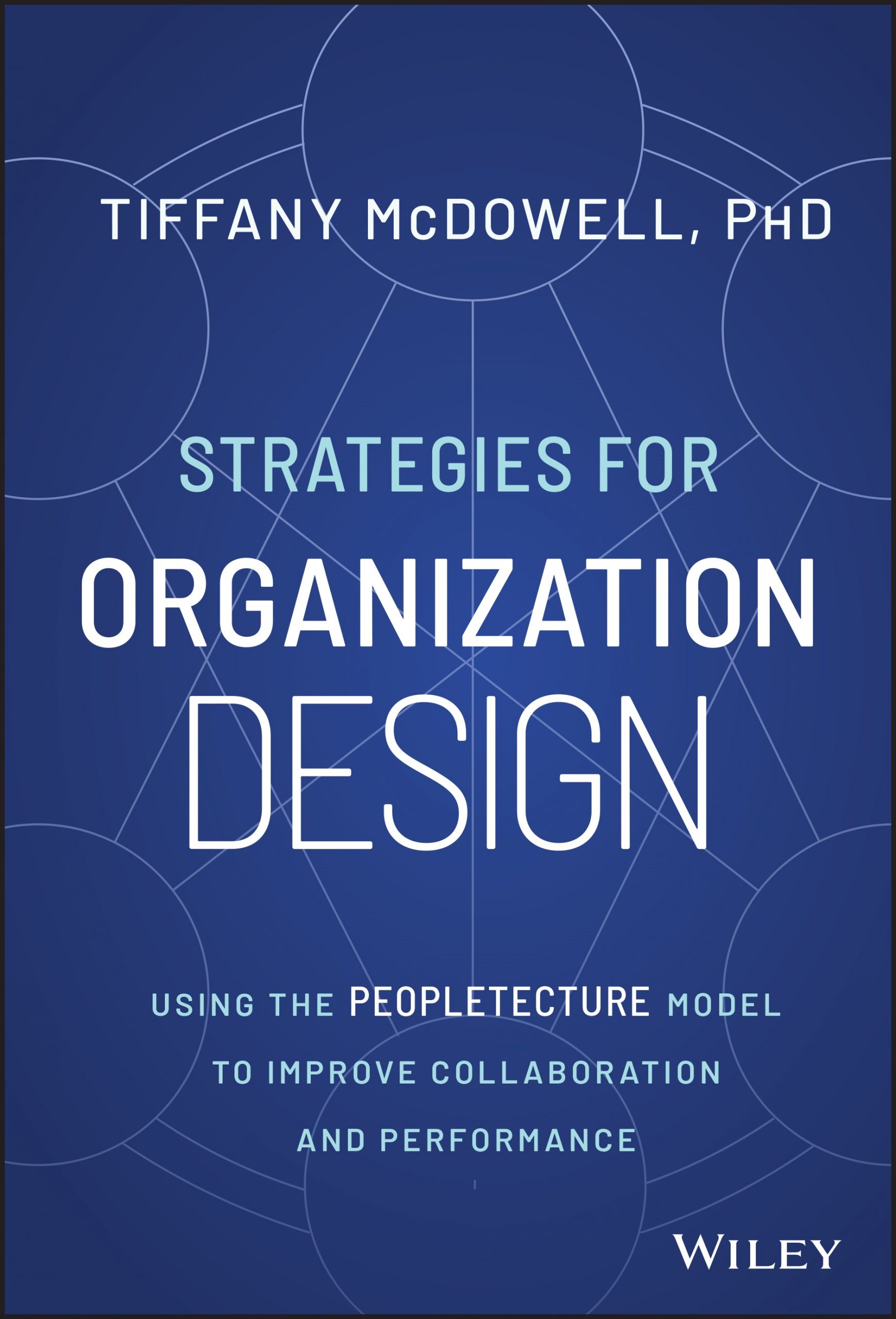I read this book in A&E waiting for my son’s rugby injury to be attended to. It made me wonder, as I opened the pages would the strategies I was about to read about be human centred and enable business to flex around the people who work in organisations such as the NHS – large, complex, busy, full of humans and all their complexities.. The subtitle states “to improve collaboration and performance” which I see are both hugely dependent on context. Each person, each context are affected by mental availability of workers who are perhaps a parent, carer, pet owner or even by life’s activities such as paying bills or having your car serviced. Layering on working in an intricate, knotty organisation such as a health service just adds to the complexity. How can all these systemic complexities work better? A lot was riding on this book for me: would it put people or business first?
From the off McDowell faces us into the reality that hierarchical structures create working systems which don’t work. That said, in this book hierarchy is often described as a good thing. I don’t agree with this premise, and this is the lens I read this book with. The author also seemed to disagree with triangular shaped hierarchies too, despite her regular statements in favour of hierarchical structures. She describes “hierarchy done right” (page 36) and she links that to horizontal structuring. Perhaps just semantics, but I particularly enjoyed the language used in this book. Instead of flat structures, the author talks of horizontal organisations. This horizontal approach feels not like a hierarchy, rather, a matrix or even flatter structure with decision making layers. It is an interesting twist on the traditional, and over the course of reading, I settled my own aversion to hierarchical structures by warming to the author’s approach – networking is key, it is all about connecting the people;
“If the industrial economy was driven by economies of scale, the knowledge economy is driven by economies of networks.” (page 13)
The sign of a good book for me is one which I litter with little post-it notes. My copy of this book has them sticking out all over. Like many Wiley books, I found this to be a quick and easy turn pager of a read. I lapped it up. The author writes with an invitational style. And our differences on hierarchy aside, I respect her approach and think we could be good colleagues!
This book made me think, made me excited, made me energised. It is practical and sensible. There are a tonne of resources to work through in the appendix. There are pages and pages of references. There are loads of stories and examples of work to inspire and encourage your organisation design work. If learning through other’s ideas and stories is not your thing, you may find this book a little irritating with the amount of examples included. But for me, I really like the way the author invites the reader into her world. It is not boastful or showy, rather it is honest and useful.
And what of my concerns on the design of our NHS, as I read this book in a busy A&E department? Chapter 13 spoke to me in particular given that context. The chapter opens with the author using home renovation shows as a metaphor for organisation design. With so many things not working within our Health Service, it was interesting to read “A solid foundation with lots of possibilities…. Even if it is not as pretty as we hoped, it still works the way we need it to.” (page 151) This sums it up for me; this book is full of practical hope for great organisations that work effectively.
Published by Wiley
Reviewed by Michelle Parry-Slater, L&D Director, Kairos Modern Learning









